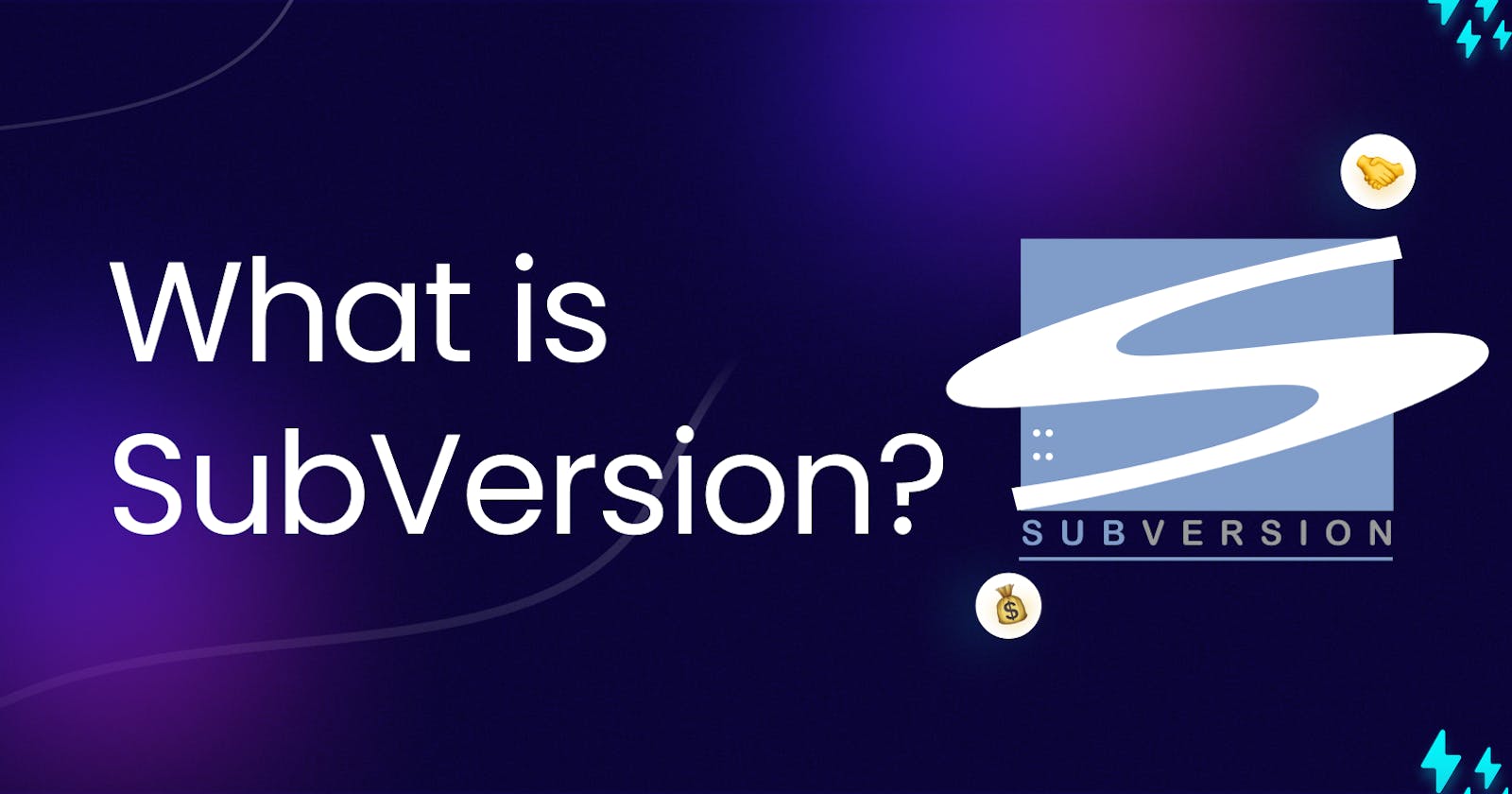Introduction to Subversion (SVN)
Subversion, commonly known as SVN, is an open-source version control system (VCS) designed to manage the source code and files of software projects. It was initially developed by CollabNet Inc. in 2000 and has since become a widely used version control tool in the software development community. SVN provides a centralized repository where developers can collaborate, track changes, and maintain a complete history of their codebase, enabling teams to work more efficiently and collaboratively.
Key Concepts in Subversion
Repository: The central component of SVN is the repository, which acts as a centralized database storing all versions of the files and directories in the project. It maintains a full history of changes, allowing developers to track the evolution of the codebase.
Working Copy: Each developer working on the project creates a working copy, which is a local copy of the repository's files and directories. Developers make changes to their working copy, and SVN helps manage the merging and synchronization with the central repository.
Revision: A revision in SVN represents a specific version of the entire repository at a given point in time. Each revision is assigned a unique number, allowing developers to refer to specific points in the project's history.
Checkouts and Commits: To start working on a project, developers perform a "checkout" to create their working copy. After making changes to their working copy, they "commit" the changes back to the repository, creating a new revision.
Branching and Merging: SVN allows developers to create branches, which are copies of the project's codebase that can be developed independently. After development, branches can be merged back into the main trunk to incorporate the changes.
How Subversion Works
Repository Setup: The first step in using SVN is setting up the repository on a central server or hosted service. The repository will store all versions of the project's files and directories.
Checkout and Work: Developers create a working copy of the repository on their local machines by performing a checkout. They can then work on the code, make changes, and create new files.
Commit Changes: After making changes to their working copy, developers commit the changes back to the repository. SVN records the changes as a new revision, keeping a complete history of the project's evolution.
Branching and Merging: When necessary, developers create branches from the main trunk to work on specific features or bug fixes independently. After development, they merge the changes from the branch back into the trunk.
Conflict Resolution: When multiple developers make conflicting changes to the same file, SVN helps in resolving conflicts during the merge process.
Version History and Annotations: SVN allows developers to view the version history of files and directories, enabling them to understand how the code evolved over time. It also supports file annotations, showing who last modified each line in the file.
Benefits of Subversion
Collaboration and Teamwork: SVN facilitates seamless collaboration among team members, enabling them to work on the same codebase concurrently and merge changes efficiently.
Version History and Rollback: The ability to access the full version history allows developers to roll back to previous revisions if needed, making it easier to identify and fix issues.
Conflict Management: SVN provides tools to help resolve conflicts that arise when merging changes, ensuring that code integrity is maintained during collaboration.
Branching and Feature Development: SVN's branching capabilities allow teams to work on features or bug fixes in isolation without affecting the main codebase until ready for integration.
Stability and Reliability: SVN is known for its stability and reliability, making it a trusted choice for version control among many software development teams.
Conclusion
Subversion (SVN) has been a valuable version control system for many years, providing teams with a centralized and efficient way to manage their codebase and track its history. By simplifying collaboration, providing version history, and enabling effective conflict resolution, SVN empowers software development teams to work more efficiently and deliver higher-quality software. With its robust features and active community support, SVN remains a preferred choice for version control in many development environments.
